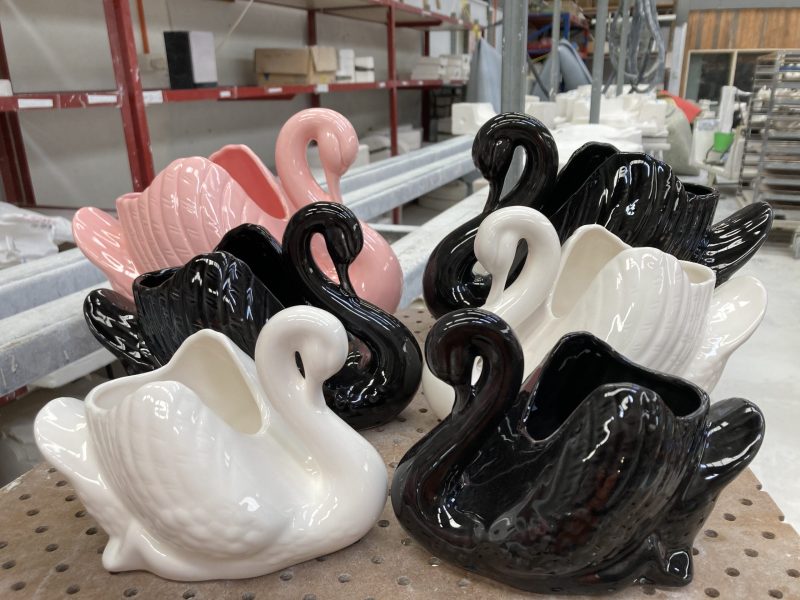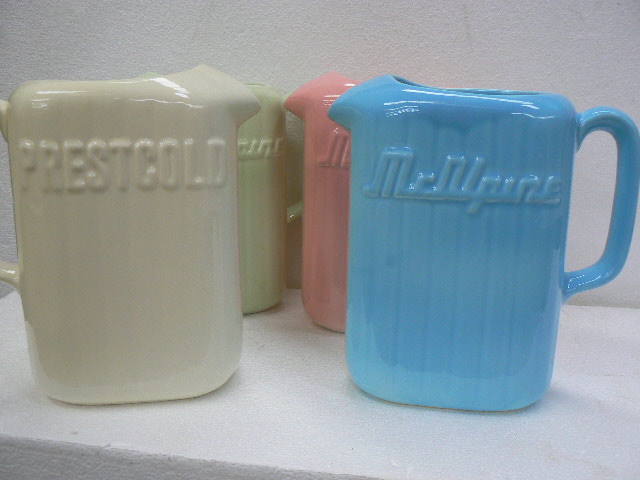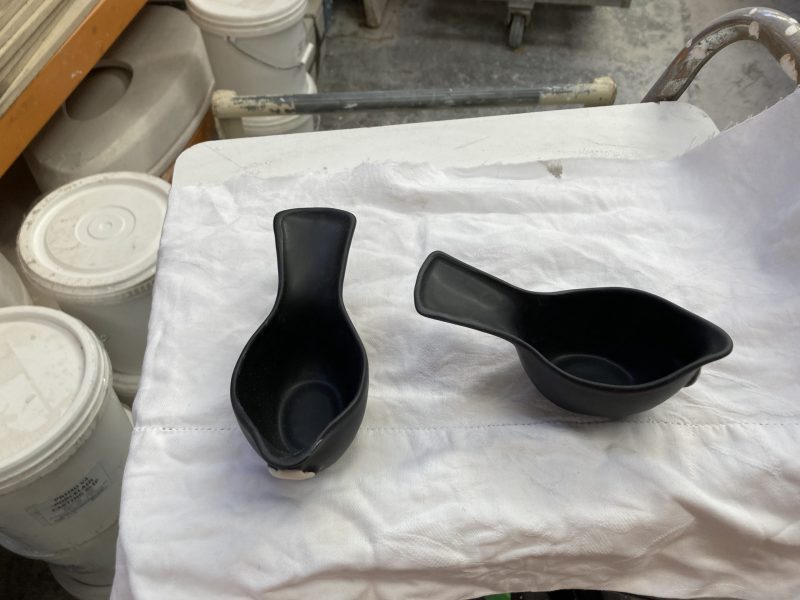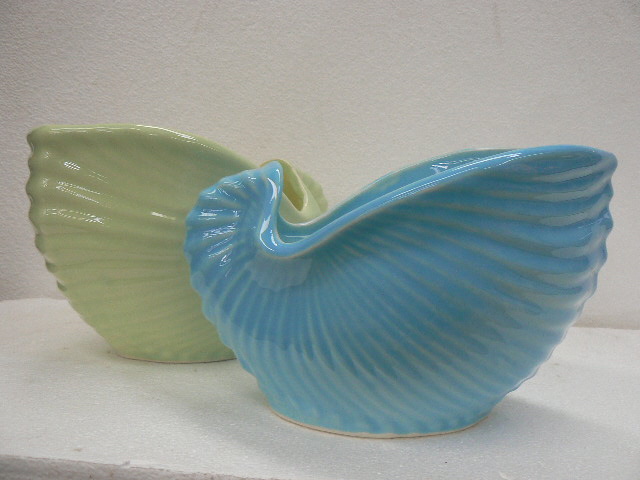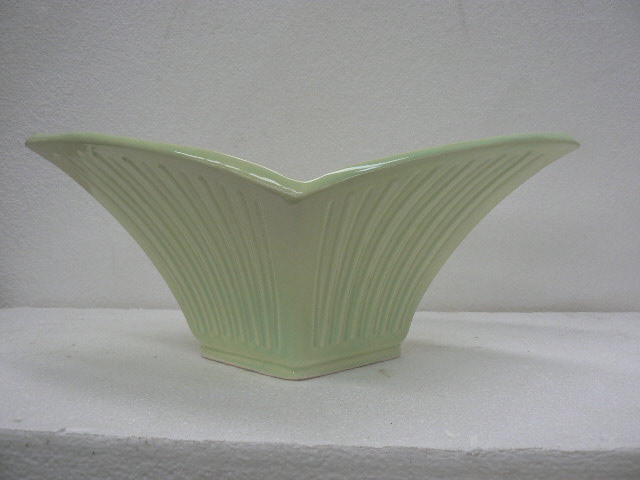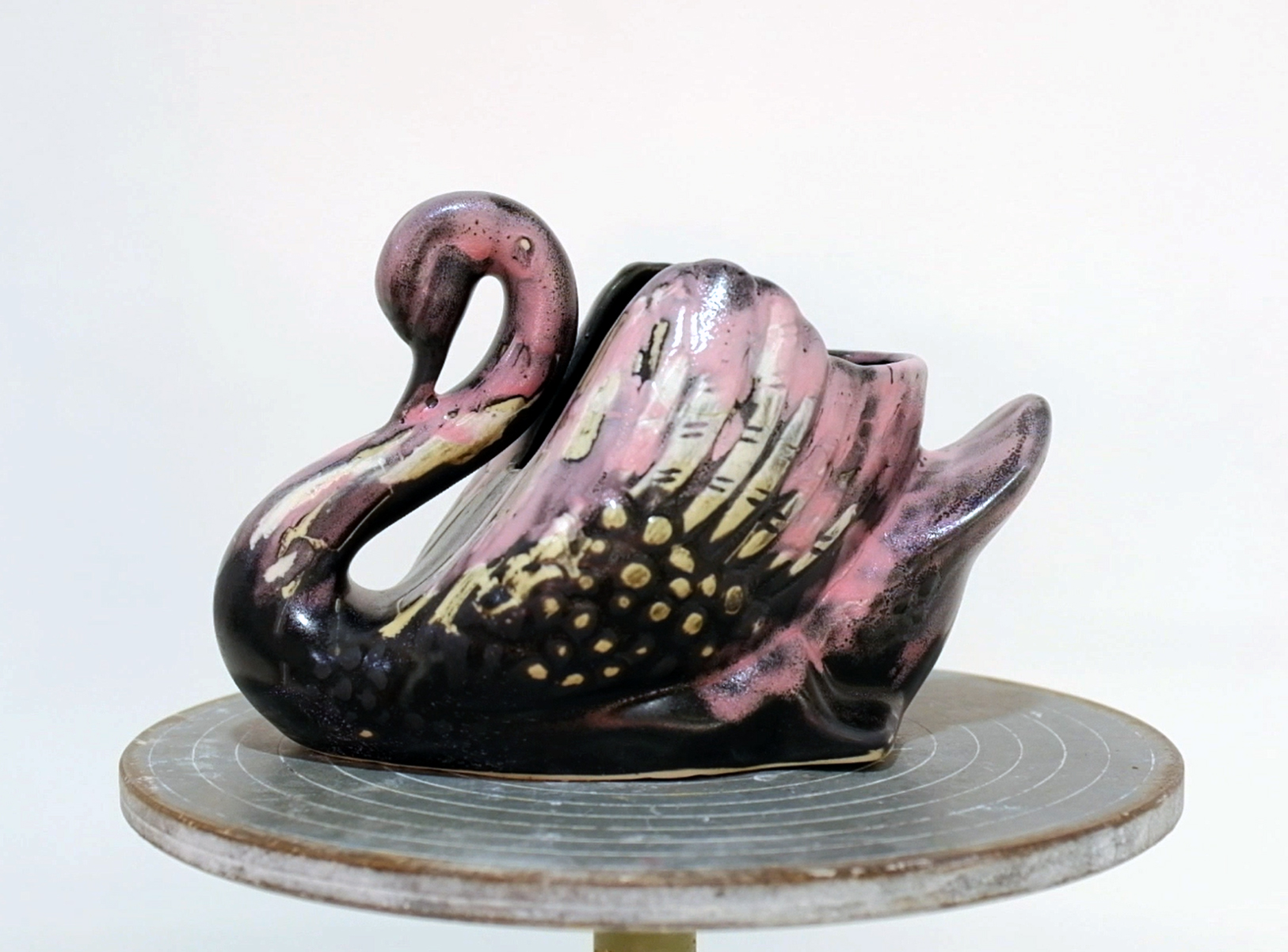Made and loved in New Zealand
The Crownlynn.kiwi Project is a library of iconic NZ ceramic work ever popular in our everyday lives -ex- Studio Ceramics, Crown Lynn, Titian Potteries and more artists – old and new work.
Since 1945
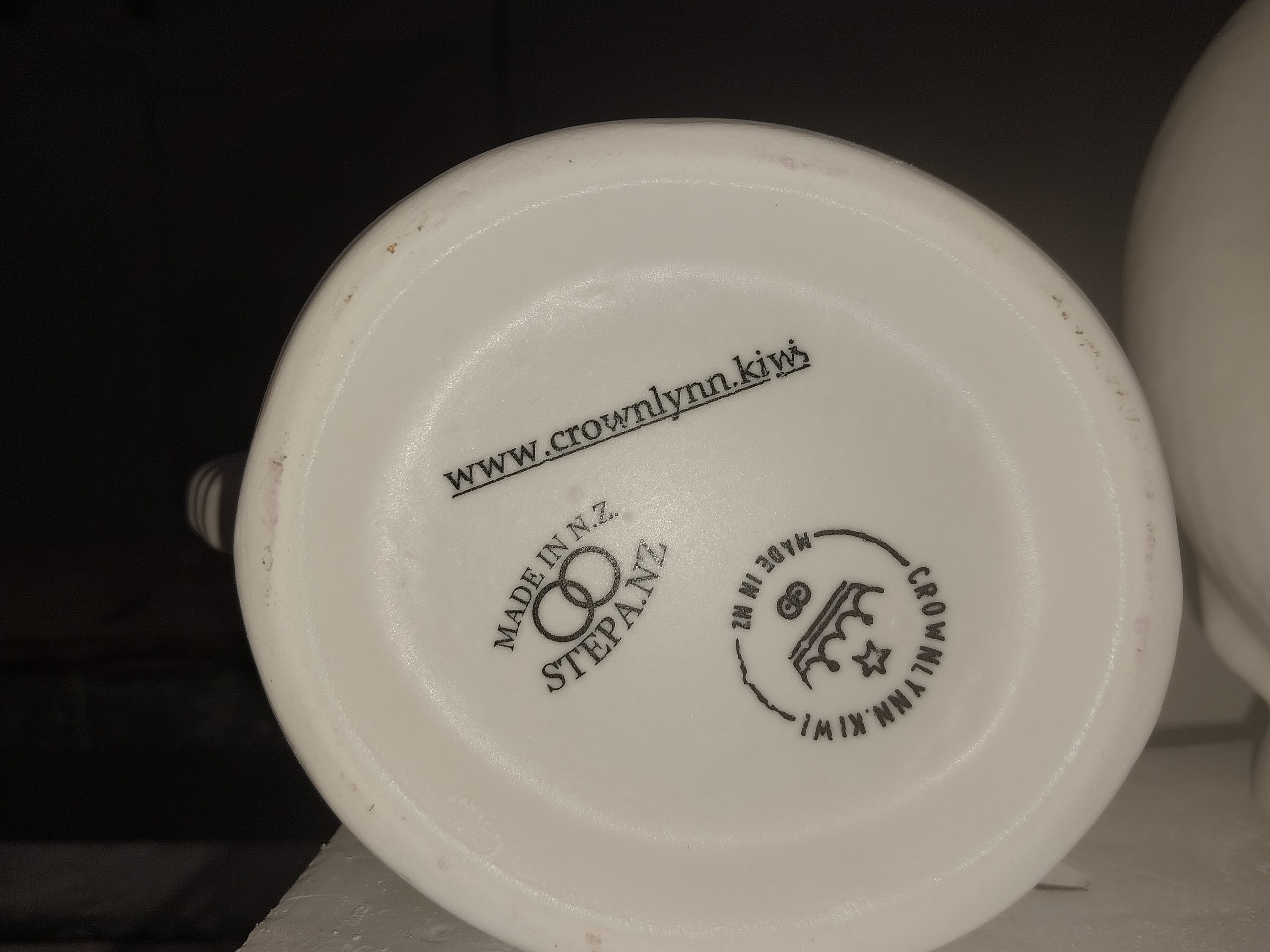
The Crown Lynn Story going Forward
Reviving Tradition, Crafting New Legacies
In our homes and hearts, we breathe fresh life into these timeless shapes. We infuse them with new styles and original creations, including beloved Kiwi Icons.
Preserved and cherished by dedicated individuals like Christine Anselmi, Bruce Yallop, and more, since the closure of the Crown Lynn factory in the late 1980s. These cherished pieces have been faithfully produced by Catherine Anselmi Ceramics, Studio Ceramics, and Stepa.nz. It’s a cherished New Zealand tradition in cast ceramic craftsmanship.
Our Passion Lies in the Craftsmanship
While there are many excellent sources for Crown Lynn history and facts, for a deep dive into the rich legacy, visit TE TOI UKU – The Crown Lynn and Clayworks Museum www.tetoiuku.org.nz
Crown Lynn – the Origins
In 1925, a group of West Auckland brick and pipe manufacturers united to form the Amalgamated Brick and Pipe Company, centralising operations in New Lynn. Tom Clark, son of managing director Tomas Edwin Clair, joined the farm as a labourer during the Depression in the 1930’s and soon led a move to diversify into items more high-value than bricks and pipes. Thus the “Special Department” was born – at first making hexagonal dry-pressed porcelain tiles and electrical components.
In the very early 1940’2, Clair and his colleague Ray Ockleston began making household ware, which required completely different techniques and raw materials. By 1942, the factory was making domestic ware on a general scale. While production was still experimental, the US Army ordered thousands of bowls and mugs for their troops stationed in the South Pacific during the Second World War. This ware was decorated with the trickle-glaze technique, which soon became a Crown Lynn signature. In the mid 1940’s, the company first started using the name ‘Ambrico’, a combination of the initials of the parent company, Amalgamated Brick and Pipe Company.
The English staff and new materials and techniques enabled the factory to produce ware that was hand decorated with gold and imported lithographs. This signalled a move from more utilitarian pieces, and a design department under New Zealander David Jenkin was established in 1948. By this time half of Crown Lynn’s production was exported to Australia. However, changes to the Australian exchange rate triggered a slump in export markets and the company struggled to survive. The employment of specialist hand potters such as Ernest Shufflebotham, Daniel Steenstra and Mirek Smisek, and innovative decorator Frank Carpay helped keep the business afloat.
Towards the end of the 1950’s the market expanded again, partially due to government imposed import restrictions, and Crown Lynn grew rapidly, gaining a near monopoly in New Zealand. In was in the early 1960’s that Crown Lynn took off. Previously, hand decorating with imported lithographs or hand painting with gold or coloured bands had been the norm, but now new machinery and techniques allowed for more use of New Zealand designs, automated decoration and faster production. Importantly, new Murray Curvex machines allowed home-grown designs to be printed directly onto plates and other flatware. Production soared and the company exported to the Pacific Islands, Australia, North America and South Africa. Backstamps were proudly New Zealand, rather than the ‘British’ series of the 1950’s. Through the 1960’s, manufacturing continued to increase and by the 1970’s Crown Lynn and reached its highest output, with around 500 staff turning out 15 million pieces a year. The export market, especially in Australia, was in good heart. The Crown Lynn group began to expand and in 1973 owned around 50 subsidiary companies. In 1974 the ever growing conglomerate was named Ceramco, although the Crown Lyn brand was retained.
By the late 1970’s the dream was fading. Both domestic and overseas markets weakened as the 1980’s economic downturn bit deeper and the government lifted the import restrictions. Despite the best efforts of staff, sales continued to decline and workers were laid off. Much of the surplus product was sold in a network of 12 Crown Lynn second shops. However, production continued. In September 1988, an international newsletter warned that warehouses were overstocked by one million pieces. Nevertheless, the factory was continuing to make 600,000 pieces a month. In May 1989, the remaining 220 staff were told the factory was to close. Machinery was packed up and sent to Malaysia, and the factory site was bulldozed and sold.
Brand Story
Creating a new ceramic treasure trove
A name synonymous with quality and craftsmanship, Crown Lynn was once produced by the largest ceramic factory in the southern hemisphere but thatclosed in 1989, leaving a collectors’ treasure trove scattered far and wide.
Crown Lynn champions Catherine Anselmi, Bruce Yallop, Christine Harris and Studio Ceramics played pivotal roles in keeping the collection of beloved shapes in production until 2017, but then ceased production.
Now the legacy has passed to Mathew Nisbet. He bought Crown Lynn’s original molds seven years ago, established Crownlynn.kiwi and is continuing to make iconic and new shapes to represent our country, Aotearoa, New Zealand.
Mathew started collecting ceramics at the age of seven and later began making a range of hand-painted work, Tapa, selling it in gallery stores throughout Aotearoa and overseas.
“As a collector and maker, creating beautiful, functional and treasured pieces that will become collectable is a joy.”
Mathew is establishing a studio and gallery in heartland Aotearoa at Eketāhuna.
“The work is the next generation of the ceramics from several successful Crown Lynn designers surviving the original factory. Bruce Yallop created the Huia Feathers and Tui Jugs seen in our catalogue.
“My vision to to make exciting new forms, limited runs and special editions, as well as to provide local employment.
“We make the shapes that New Zealanders love, collect and give.”
Crown Lynn Kiwi
Thought I would send you a pic with your Tui Jugs taking centre stage – love them!
You have been amazing to deal with.
Everything made it beautifully!!
Thank you so much!! Love everything!!
They make wonderful memorabilia for us and super nice gifts for others!!

Legacy Forward
Crown Lynn made millions of pieces, enough survive today for collectors.
We add new work to this catalogue enduring designs for the next generations. See these Wide Eye Tiki by Richard Anderson and visit the product pages below for the Huia Feather and Tui Jugs.
